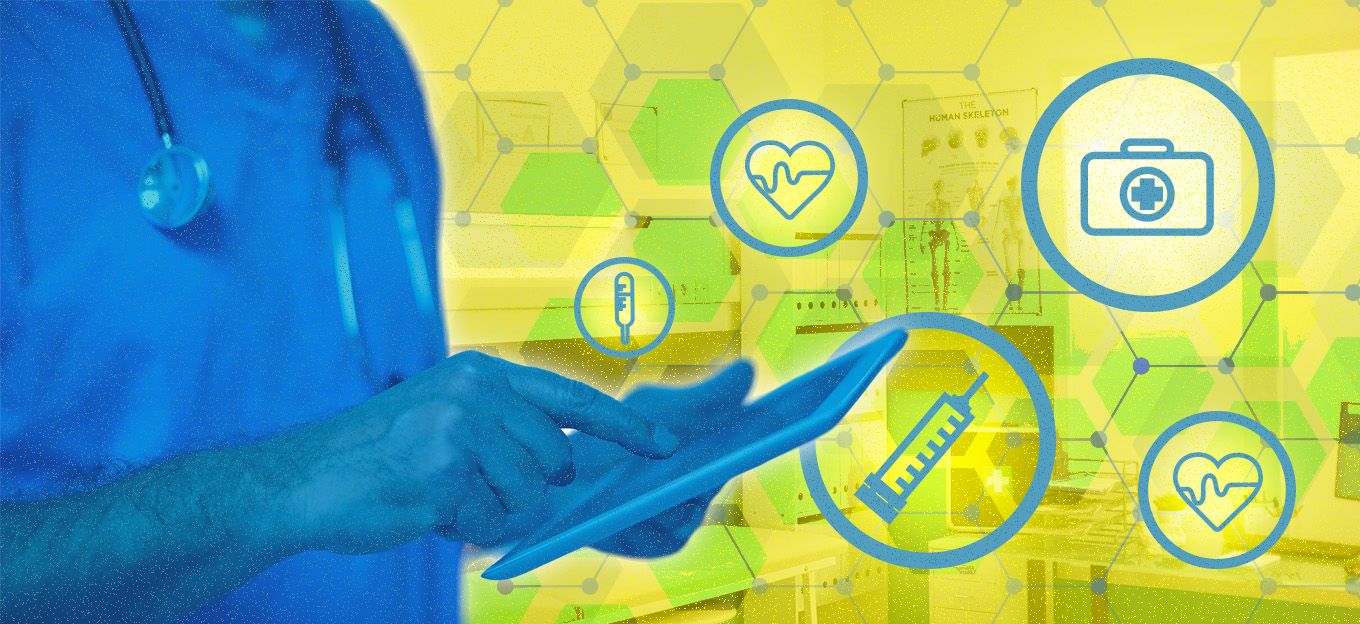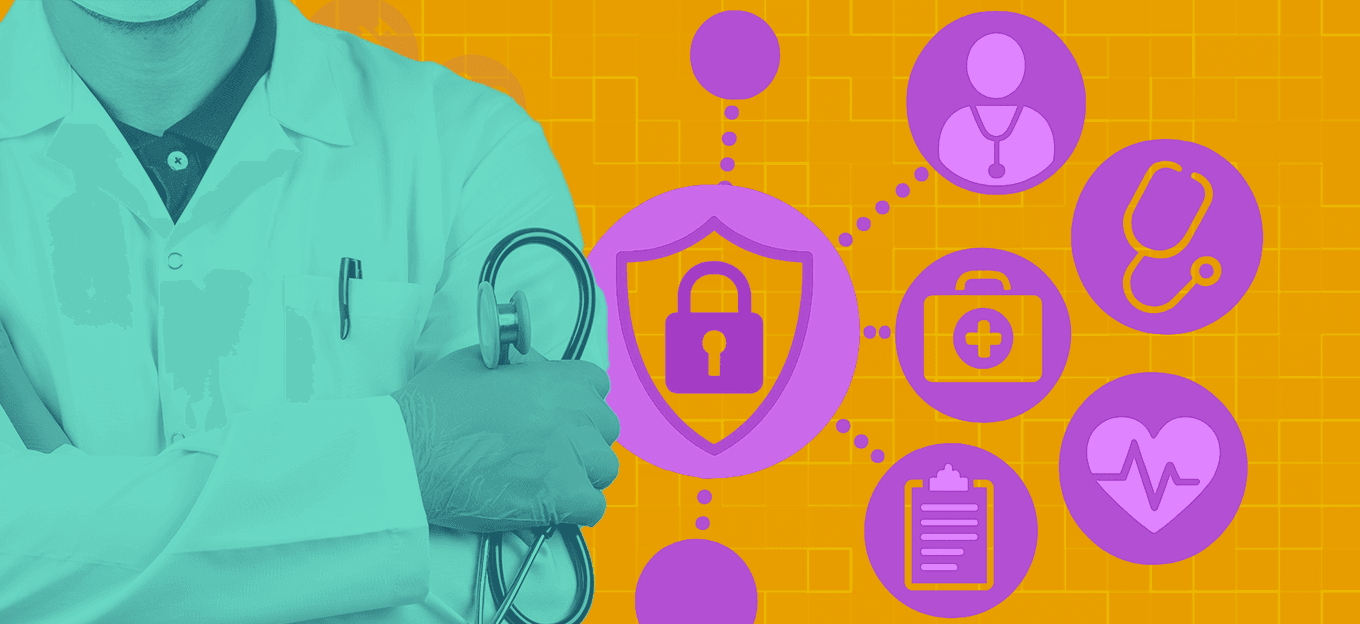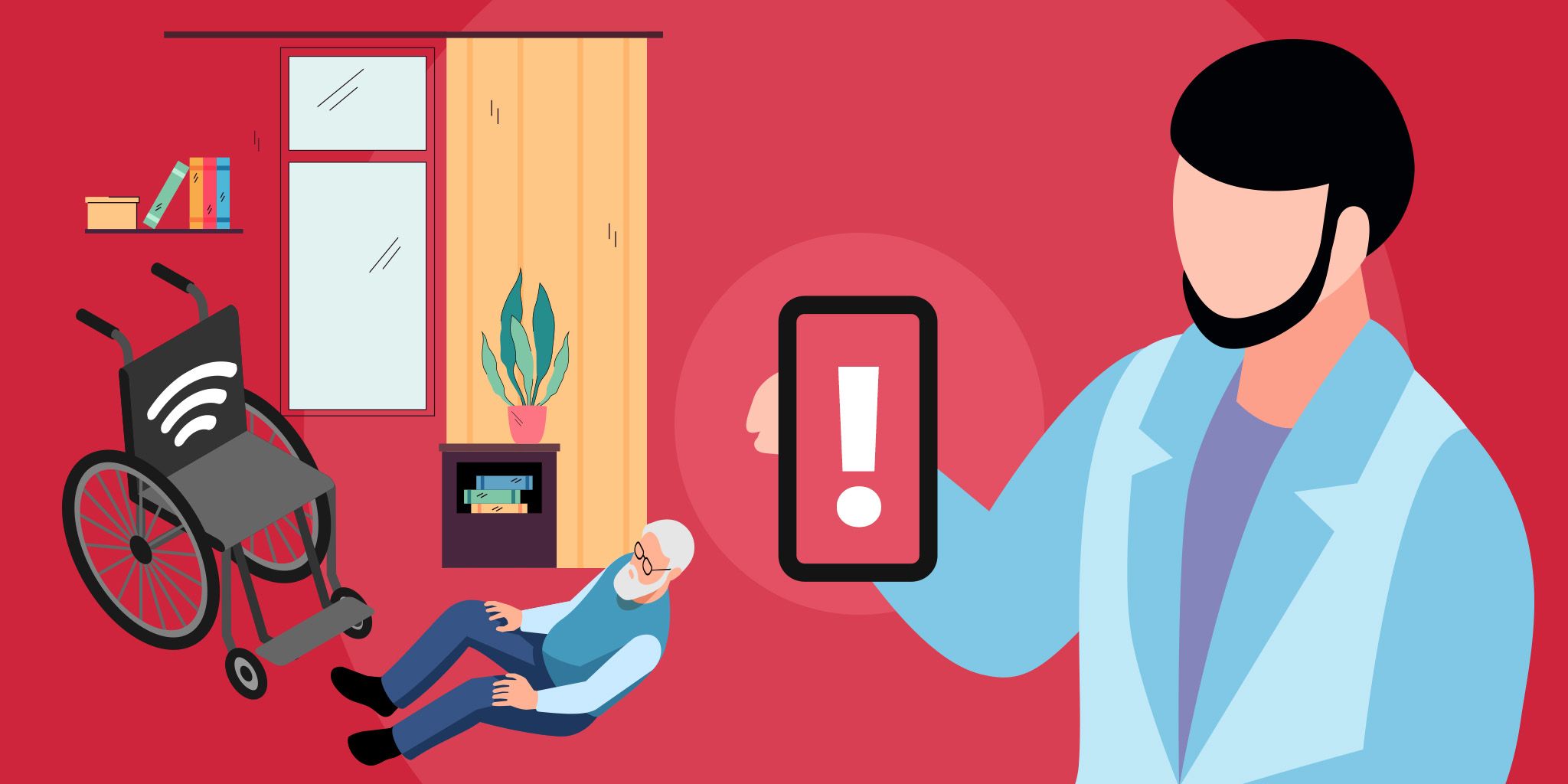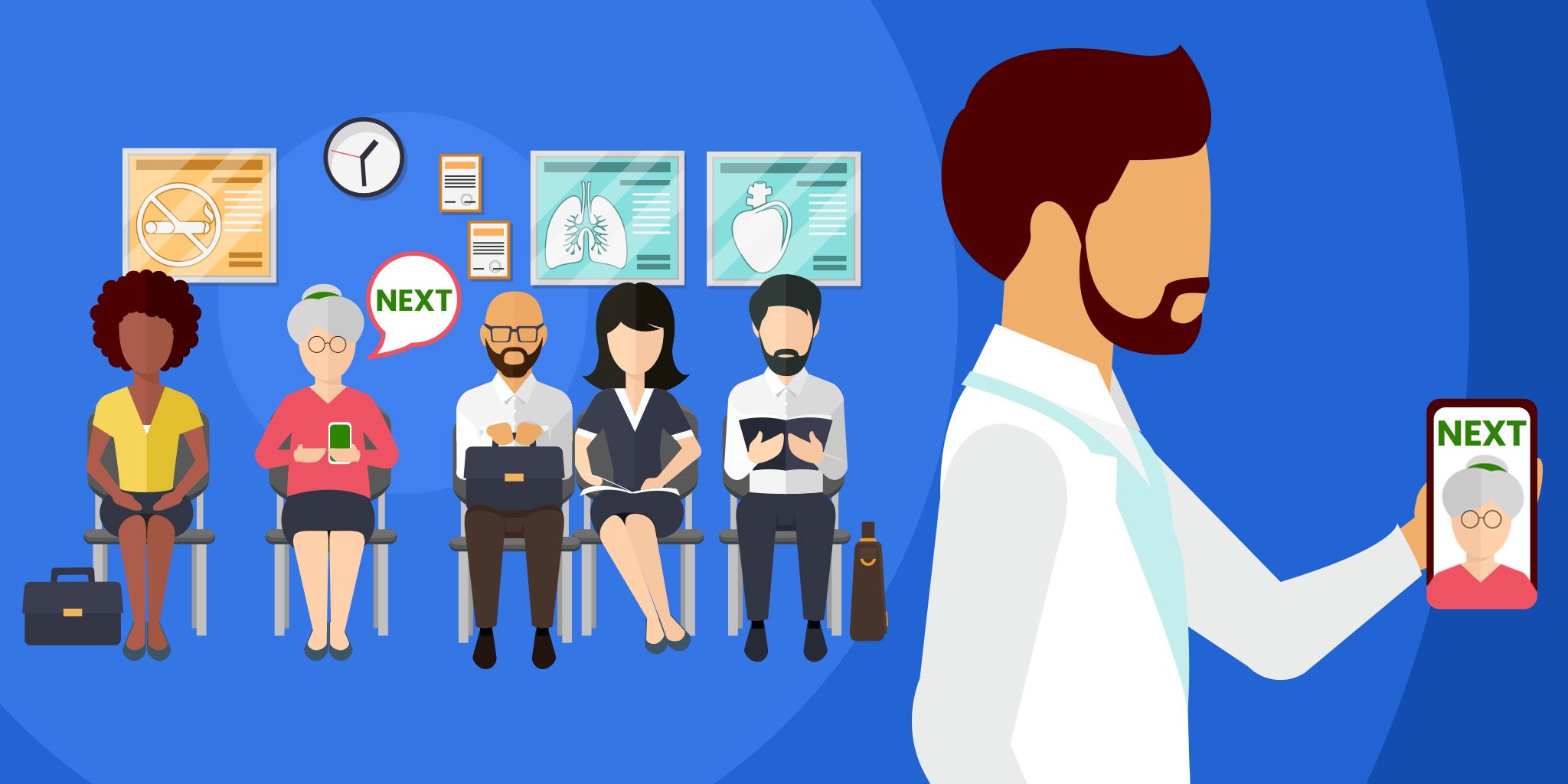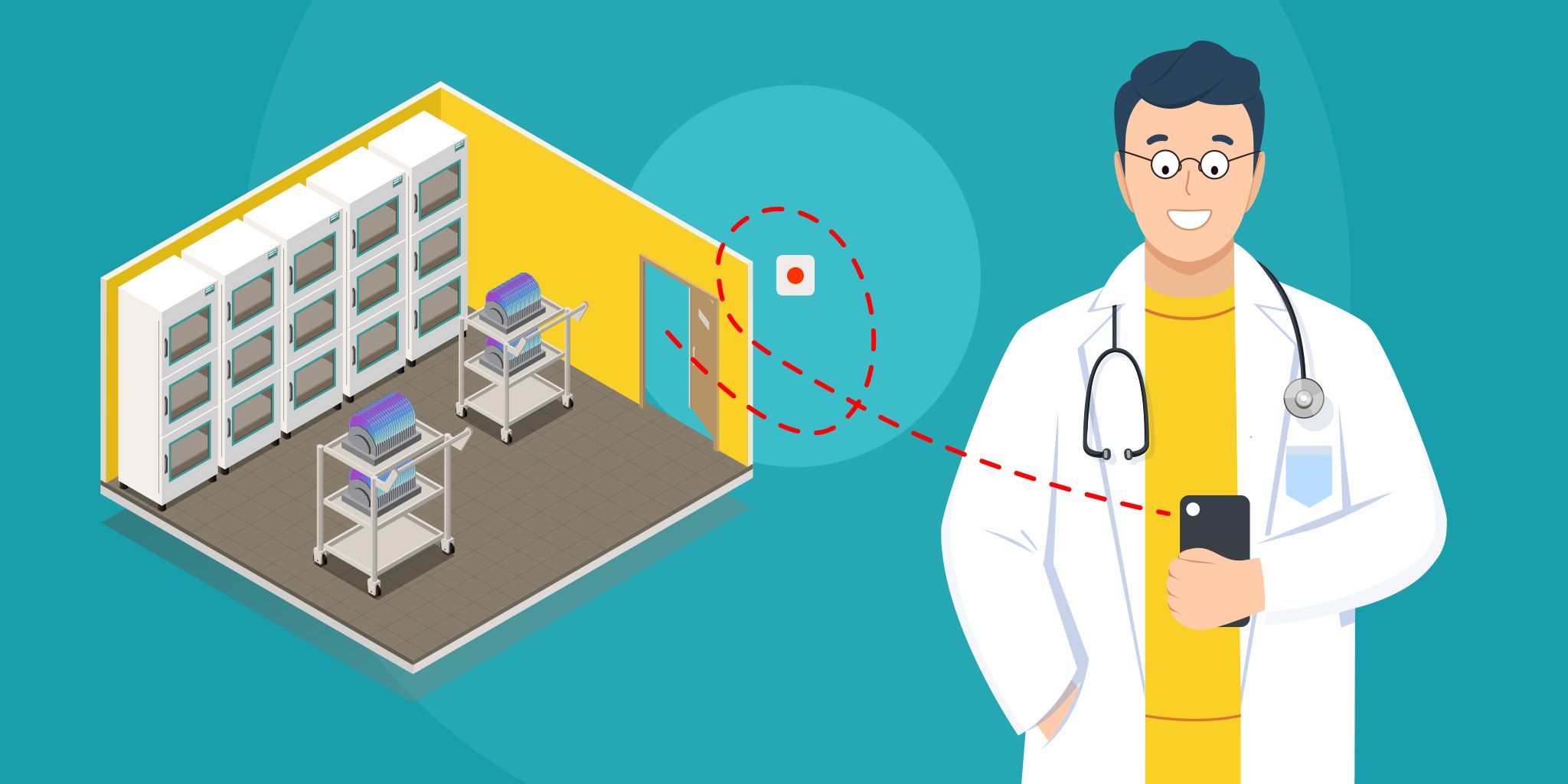Rethinking Hospital Transport: How BLE and RTLS Are Ubernizing Patient Movement
Rethinking Hospital Transport: How BLE and RTLS Are Ubernizing Patient Movement
- Last Updated: May 21, 2025
Dexgo
- Last Updated: May 21, 2025



Time isn't just money inside a hospital—it’s often a matter of life and quality of care. While much attention is given to clinical advancements, some of the most impactful changes are happening behind the scenes in non-clinical operations. One such area that is quietly transforming is patient transport or porter management.
For decades, hospitals have relied on traditional models of portering—assigning staff to fixed zones and dispatching them via phone calls or radios. These systems, while functional, have always been plagued by inefficiencies: porters left idle in quiet zones while others are overwhelmed elsewhere; delays in responding to requests; and an inability to adapt to real-time patient movement needs.
But a new model is emerging—one that borrows lessons from the gig economy. Just as ride-hailing apps revolutionized urban mobility by matching riders with the nearest available drivers, hospitals are now adopting a similar approach using Bluetooth Low Energy (BLE) technology and Real-Time Location Systems (RTLS).
This shift marks a move away from static location-based allocation toward a more fluid, demand-driven model. In this new framework, the focus isn’t on where a porter is assigned but where they are needed, and how quickly they can get there. Requests for patient movement are automatically routed to the nearest available porter in real time, eliminating the delays and miscommunication that plague traditional methods. What once required a flurry of calls and guesswork is now orchestrated through a centralized system that sees every moving part.
At the heart of this transformation is the ability to precisely track porter movement inside the hospital. Each porter carries a smartphone running a dedicated app that continuously interacts with BLE beacons installed throughout the facility. As porters move through different zones, the app picks up signals from nearby beacons, enabling the system to pinpoint their location in real time.
This allows transport requests to be intelligently assigned to the nearest available porter, reducing unnecessary travel, minimizing patient wait times, and easing the burden on nursing staff.
But the system does more than respond to live requests—it evolves. Over time, it identifies usage patterns, detects peak activity periods, and equips hospital managers with actionable insights. By learning from historical data, it enables smarter staffing decisions, uncovers inefficiencies, and brings a new level of predictability to an often chaotic environment.
For hospitals, the implications are significant. Operationally, this means faster response times, fewer delays in patient movement, and better coordination between departments. From a workforce perspective, it ensures porters are engaged more effectively—spending less time waiting and more time doing. The balanced distribution of tasks leads to fairer workloads, reduced burnout, and higher morale.
Cost efficiency follows naturally. When porter time is better utilized, fewer staff are needed to maintain the same service level. Idle time drops. Overtime becomes less frequent. Hospitals can even consider staggering shift patterns based on real usage rather than outdated scheduling assumptions. It’s a rare case of doing more with less—improving performance while containing costs.
But perhaps the most meaningful benefit is the impact on patient care. In many hospitals, delays in transport can ripple into clinical areas: tests get rescheduled, discharges are postponed, beds remain blocked, and patient experience suffers. A streamlined transport operation helps keep the broader clinical ecosystem running smoothly. The entire system breathes easier when patients move swiftly and safely from wards to diagnostics, operating rooms, and back.
In the broader context of healthcare digitization, the Uberization of internal patient transport is more than a clever borrowing of a Silicon Valley idea. It’s a signal that hospitals are ready to rethink legacy systems—not just in surgery or imaging, but in logistics, staffing, and operations. As BLE and RTLS technologies continue to mature, their integration into hospital workflows will become not just a competitive advantage but a standard of care.
Ultimately, healthcare is about people. And the less time they spend waiting—for a porter, a scan, or a bed—the better their outcomes tend to be. With intelligent, responsive transport systems powered by indoor location technology, hospitals are one step closer to providing truly patient-centered care.
The Most Comprehensive IoT Newsletter for Enterprises
Showcasing the highest-quality content, resources, news, and insights from the world of the Internet of Things. Subscribe to remain informed and up-to-date.
New Podcast Episode

What is Hybrid Connectivity for IoT?
Related Articles

